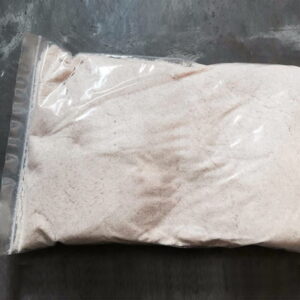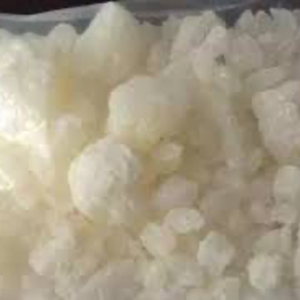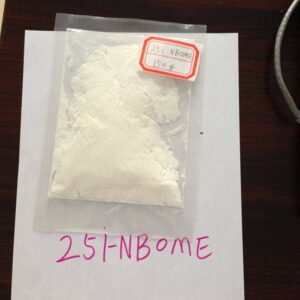Introduction
“25B-NBOMe, 25C-NBOMe, and 25I-NBOMe” are a group of synthetic drugs that are structurally similar to the psychoactive compound mescaline. They belong to the NBOMe family of drugs, which are potent hallucinogens that are sold on the black market as a substitute for LSD. These drugs are known to produce intense psychedelic experiences, but they are also associated with a range of adverse health effects, including seizures, cardiovascular problems, and even death in some cases.
Chemical Properties
25B-NBOMe, 25C-NBOMe, and 25I-NBOMe are derivatives of the phenethylamine family of compounds, which includes drugs such as amphetamines, MDMA, and mescaline. The three drugs differ in their chemical structures, with 25B-NBOMe having a bromine atom, 25C-NBOMe having a chlorine atom, and 25I-NBOMe having an iodine atom in their respective chemical structures.
25B-NBOMe
25B-NBOMe has the chemical name 2-(4-bromo-2,5-dimethoxyphenyl)-N-[(2-methoxyphenyl)methyl]ethanamine. It has a molecular weight of 392.4 g/mol and a molecular formula of C18H22BrNO3. It is a white to off-white crystalline powder that is insoluble in water but soluble in organic solvents.
25C-NBOMe
25C-NBOMe has the chemical name 2-(4-chloro-2,5-dimethoxyphenyl)-N-[(2-methoxyphenyl)methyl]ethanamine. It has a molecular weight of 365.8 g/mol and a molecular formula of C18H22ClNO3. It is a white to off-white crystalline powder that is insoluble in water but soluble in organic solvents.
25I-NBOMe
25I-NBOMe has the chemical name 2-(4-iodo-2,5-dimethoxyphenyl)-N-[(2-methoxyphenyl)methyl]ethanamine. It has a molecular weight of 427.2 g/mol and a molecular formula of C18H22INO3. It is a white to off-white crystalline powder that is insoluble in water but soluble in organic solvents.
Mode of Action
The NBOMe family of drugs, including 25B-NBOMe, 25C-NBOMe, and 25I-NBOMe, are known to be potent agonists of the serotonin 5-HT2A receptor, which is responsible for mediating the psychedelic effects of many hallucinogens. These drugs also bind to other serotonin receptor subtypes and can produce a range of physiological effects, including changes in heart rate, blood pressure, and body temperature.






Reviews
There are no reviews yet.